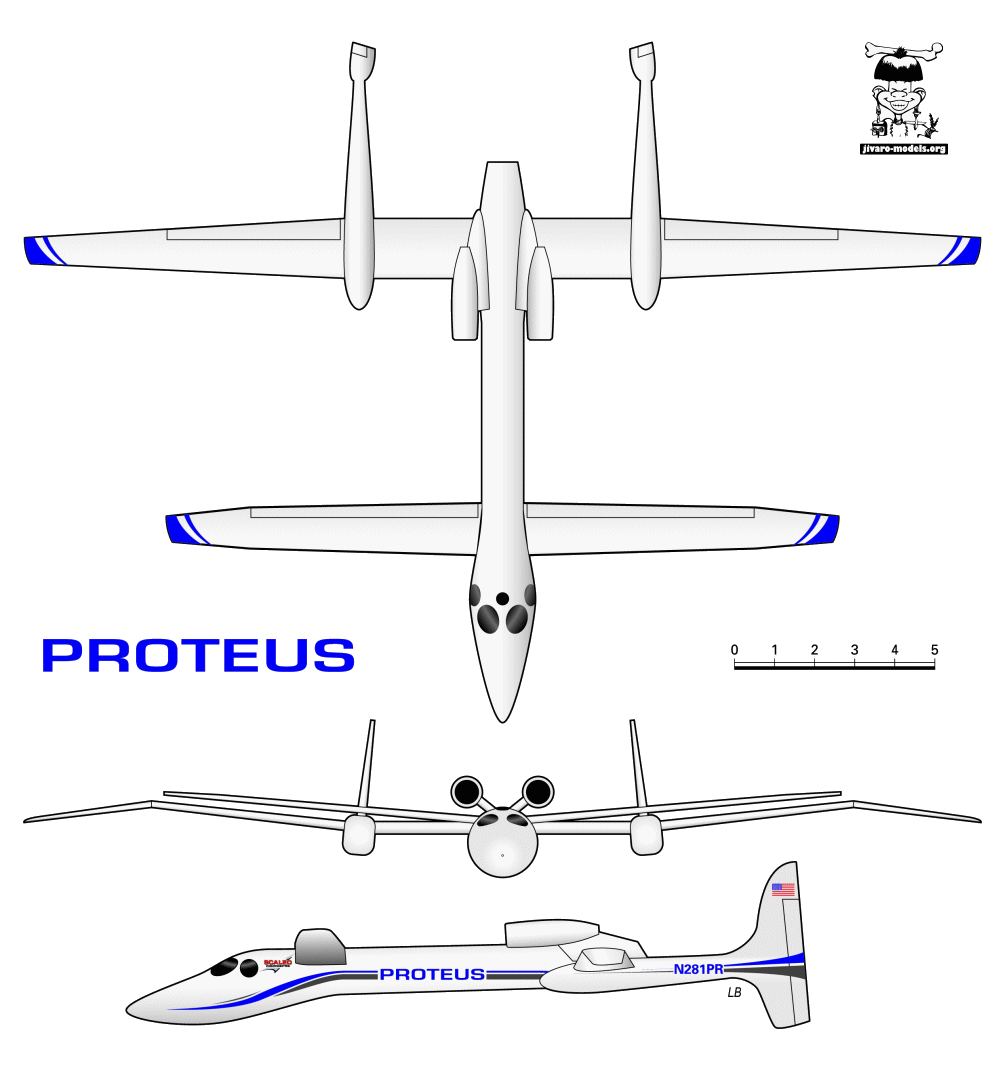

Proteus Aircraft Free Headset Use
In addition, the tandem-wing Proteus has a wingspan of 77 feet, 7 inches expandable up to 92 feet with the use of optional wingtip assemblies. According to Scaled Composites, the craft uses an all-composite airframe and graphite-epoxy sandwich construction. No one ever figured out what to do about it, though.The Proteus Plan. Straight forward checkouts, no-hassle online scheduling, a short walk out to the ramp, after-hours access, free headset use, and taxi in & out parking.There aren’t many aircraft that can literally stop traffic, but the praying mantis shape of the giant composite lifter literally does just that.

In June 1999, Proteus debuted at the 1999 Paris Airshow, completing its last leg nonstop from Bangor, Maine, to Le Bourget.The aircraft features a tandem-wing, a twin-boom configuration, and two rear-mounted FJ44-2E turbofans, modified for high-altitude operations. NASA created a station-keeping autopilot and SATCOM system for the Proteus as a part of its Environmental Research Aircraft and Sensor Technology (ERAST) project. Testing continued through the end of 1999. Airborne testing began with its first flight on July 26, 1998, piloted by Mike Melvill, Proteus chief test pilot, and Peter Siebold, Proteus flight test engineer, at the Mojave Airport.

The aircraft requires minimal specialized ground support and regularly operates into and out of general aviation airports, making it a versatile and economic flying testbed.Proteus’ legacy lives on in Scaled Composites White Knight aircraft, with the wing design and “mothership” concept being two of the most significant contributions to the project.Designed for only 100 to 150 flight hours (as a proof of concept aircraft), Proteus, which is today owned and operated by Scaled Composites’ parent company, Northrop Grumman, passed the 4,500-hour mark in 2019 and continues to fly an abundance of research missions to this day, proof that a great design sometimes delivers way more than promised, and for much longer, too.


 0 kommentar(er)
0 kommentar(er)
